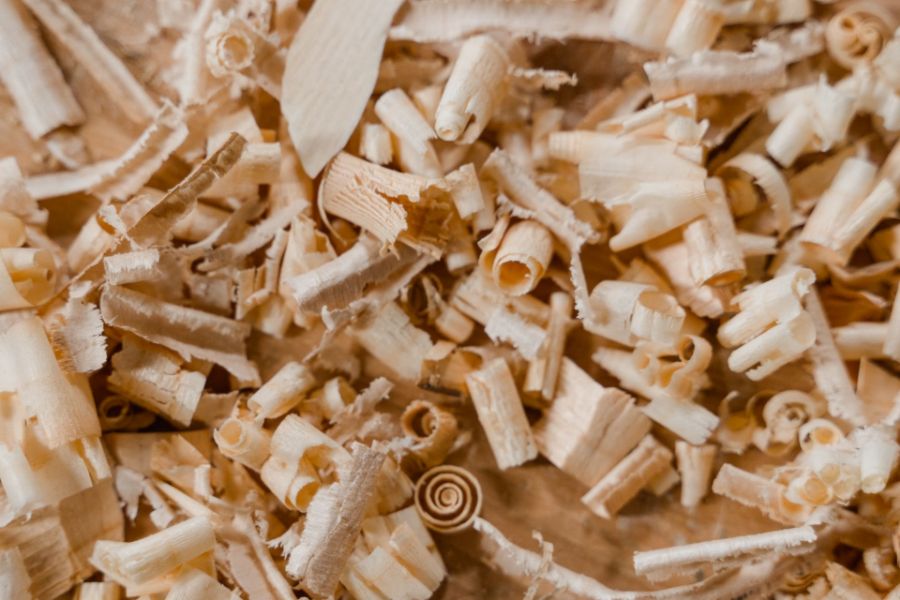
If you're somewhat familiar with the concept of a composting toilet, then you would have heard about bulking agents being added to the compost pile in addition to poos and wees. So, what actually are they and what is their purpose?
Bulking agents are carbon-based materials that are added to your compost to ensure it stays active and healthy. These usually come in the shape of wood shavings, hemp hurd, coco peat, or peat moss - or, as a combination of these. The right bulking agent for your composting toilet, and the amount in which it's used, is determined by the type of system you have and its design parameters.
Bulking agents add carbon to the compost, which is necessary for decomposition. It acts as a food source for bacteria, and enriches the pile with the microbial cells it needs to process excreta and break down materials.
Without carbon, the compost pile suffers from excess of nitrogen (present in urine). This overwhelms the organisms trying to process it, and excess nitrogen converts to ammonia. This changes the decomposition process from aerobic to anaerobic, and produces a pungent smell typical of long-drops. Without carbon, the compost dies or becomes dormant.
As well as supplying the compost with carbon, bulking agents also act as cover material for excreta, and absorb excess liquids and odours. In the case of courser agents such as wood shavings, they also help aerate the pile by creating air gaps.
Not sure which bulking agent is right for you? Please refer to our Bulking Agents and Dose Guide.
Need help choosing a system? Call WCTNZ® on 0800 022 027 for free advice on system specification and setup. Advanced design consultancy services are also available.
WCTNZ® | Waterless Composting Toilets NZ Limited | Copyright 2022 ©



















